Growing a clothing brand in today’s market can feel like an uphill battle—especially if you’re not riding the wave of viral content, working with influencers, or launching flashy campaigns. But what if I told you that a men’s resort wear brand scaled from just 3 sales a day to over $60,000 a month in revenue—without changing their product, running influencer campaigns, or banking on viral luck?
In this breakdown, we’re going to show you exactly how we did it. From ad structure to creative, competitor research to customer avatars, you’ll walk away with a proven, step-by-step framework to replicate for your own clothing brand.
🚧 From Invisible to $60K/Month: The Backstory
When we first met this brand, they were averaging just 3 sales per day. Like many startups, they were struggling to find traction online—even though they had a great product, decent margins, and a clear identity.
But what changed?
Not the product. Not the price.
What changed was how we marketed it. We implemented a simple—but extremely strategic—system using Facebook Ads, smart research, and content that solved real problems. Within 30 days, they were pulling in over $60K a month.
🧠 Step 1: In-Depth Research (The Part Everyone Skips)
If you think the magic happens in Ads Manager, think again. The real results come from deep research—understanding your audience, your competitors, and the emotional problems your product solves.
Most brands fail not because their product is bad, but because they don’t know:
-
Who they’re selling to
-
What their customer is struggling with
-
Why their customer should choose them
We used a document we call the Struggling Avatar Framework—a tool that helps define who your customer is by outlining their:
-
Core values
-
Daily frustrations
-
Emotional pain points
-
Identity and aspirations
Where We Researched
-
Instagram Competitor Pages: We found 5–10 brands in the same space—not billion-dollar luxury names, but competitors doing $5K–$20K/month.
-
Amazon & Product Reviews: Looked for gaps in quality, sizing issues, and unmet customer expectations.
-
Reddit Threads: Unfiltered thoughts from real buyers about what’s missing in their market.
-
Brand Websites: Observed product messaging, pricing strategies, and user experience.
💡 Pro Tip: Your competitor isn’t Gucci. If you’re doing under $10K/month, look for brands 1–2 levels ahead of you and learn from what’s working for them.
😟 Step 2: Solving Real Problems (Not Just Product Features)
Once we had a clear view of the customer, we shifted our focus to the emotional triggers driving their decisions.
Too many brands only sell the product. We sell the transformation.
External vs Internal Problems
-
External Problem: “There’s no hat that represents my city.”
-
Internal Problem: “I feel like I don’t belong.”
We created content that speaks to the internal stressors—the emotional experiences that drive someone to click “Buy.” Things like:
-
Wanting to feel confident
-
Wanting to be seen and accepted
-
The pride of representing your roots
This shift made a huge impact on ad resonance and conversions.
🧑🎨 Step 3: Turning Research into Ads That Convert
Armed with competitor insights and emotional drivers, we moved into creative execution.
Content Planning:
-
Reviewed what our 5–10 competitors were posting on Instagram.
-
Identified their top-performing creatives.
-
Noted content types: single image, carousels, UGC, styling reels, etc.
-
Planned variations around proven styles but with our own voice and message.
🎯 We broke creative ideas into:
-
Desires: How the product makes them feel.
-
Benefits: What they get (comfort, style, representation).
-
Hooks: Messaging that stops the scroll.
-
Creative roadmap: Ads on/off, performance tracking, and iterations.
🎯 Step 4: Our Facebook Ads Structure (That You Can Copy)
Let’s talk setup.
We used a very lean and replicable campaign structure:
Campaign Setup:
-
One CBO (Campaign Budget Optimization) Campaign
-
Two Ad Sets: Broad targeting (open interest, no restrictions)
-
Ad Types:
-
Dynamic Product Ad (DPA) Carousel: Performed best
-
Single Image & Post ID Creative (Lifestyle photo, quote, or video)
The winning structure?
-
Broad targeting
-
Best-selling product carousel (updated frequently)
-
Hook-driven messaging aligned with the internal struggles we uncovered earlier
We weren’t testing 20 creatives at once. We were testing high-quality creatives aligned with high-emotion messaging.
📊 Step 5: Use the Right Data Tools (Triple Whale)
After Apple’s iOS updates disrupted Facebook pixel tracking, flying blind became the norm. But we didn’t settle.
We used Triple Whale to bridge the gap between Meta and Shopify.
Why It Matters:
-
Meta showed us 2.2 ROAS.
-
Triple Whale showed us 4.1x ROAS across the business.
-
This difference is massive when calculating scale decisions.
We spent $12,416 and brought in over $60K in revenue. That’s a 4x return.
So while Meta might make you feel like you're losing, accurate data showed we were crushing it.
📈 What Ads Drove the Most Sales?
The best-performing ad?
A simple Dynamic Product Ad carousel featuring the brand’s top-selling items.
Yes. That’s it.
It wasn’t flashy.
It didn’t go viral.
It just showed the product, clearly and effectively, to the right audience.
The second-best? A clean single image with lifestyle-focused messaging.
Our target cost-per-purchase was $75–$80. Anything above got turned off. We adjusted in real-time based on performance and always leaned into best-sellers.
🧵 Product-Specific DPAs: Why They Work
Instead of advertising the whole catalog, we focused DPAs by product line.
Examples:
-
One ad set for polos
-
One for t-shirts
-
One for resort wear
💡 This made it easier for Facebook to learn faster, since each ad only needed to optimize around a few SKUs. Less data = faster learn time = better ROAS.
🔧 Leaks in the Funnel: What Held Us Back from $100K
Despite the $60K milestone, there were clear growth blockers we’re actively fixing.
1. Poor Mobile Experience
-
Great desktop layout
-
Cluttered mobile interface
-
Inconsistent experience between ad creative and mobile landing pages
2. Weak Instagram Presence
-
Virtually no content or engagement
-
No trust-building UGC or value-based posts
3. No Organic Strategy
-
Relying solely on ads
-
No email flows optimized
-
No SMS or ManyChat integrations
If we fixed even 2 of those, we could’ve hit $100K/month faster.
🛠 Next Steps: How to Hit $100K+ and Beyond
To scale further, here’s what we’re doing (and what you can apply to your own brand):
🔄 Fix The Funnel
-
Align ad messaging with landing page visuals
-
Ensure mobile optimization
-
Add post-purchase upsells and bundles
📩 Improve Email & SMS
-
Add welcome flows, abandoned cart, post-purchase sequences
-
Use SMS + ManyChat for faster follow-ups and engagement
🎥 Build an Organic Engine
-
Style guides, testimonials, day-in-the-life content
-
Repurpose winning ads as organic Reels or TikToks
-
Engage with followers, ask questions, test hooks
💡 Expand Avatars
-
Our current buyer? Women buying gifts for men.
-
We’re now targeting: husbands shopping for themselves, bachelor party buyers, travel bloggers, and more
Every new avatar = a new opportunity for scale.
🧪 Our Final Paid Strategy Summary (Steal This)
If you’re running Facebook ads for your clothing brand and not seeing results, try this:
✅ Final Thoughts: You Don’t Need Gimmicks to Win
This brand had:
-
No influencers
-
No Instagram presence
-
No viral video
-
No price discounts
They just had a good product, a solid understanding of their customer, and a repeatable Facebook Ads strategy that focused on:
-
Research
-
Emotional connection
-
Smart creative
-
Accurate tracking
If you’re stuck at $5K–$10K/month, and feel like your brand has more potential—you’re probably just a few tweaks away from breaking through.
🔥 Want to go deeper?
Book a free strategy call and let’s talk about how you can apply this exact system to your brand.
Meta Title (55 characters max):
Scale to $60K/Month with Facebook Ads – No Gimmicks
Meta Description (155 characters max):
See how a clothing brand grew to $60K/month using Facebook Ads—no viral videos, no influencers. A proven system you can use right now.


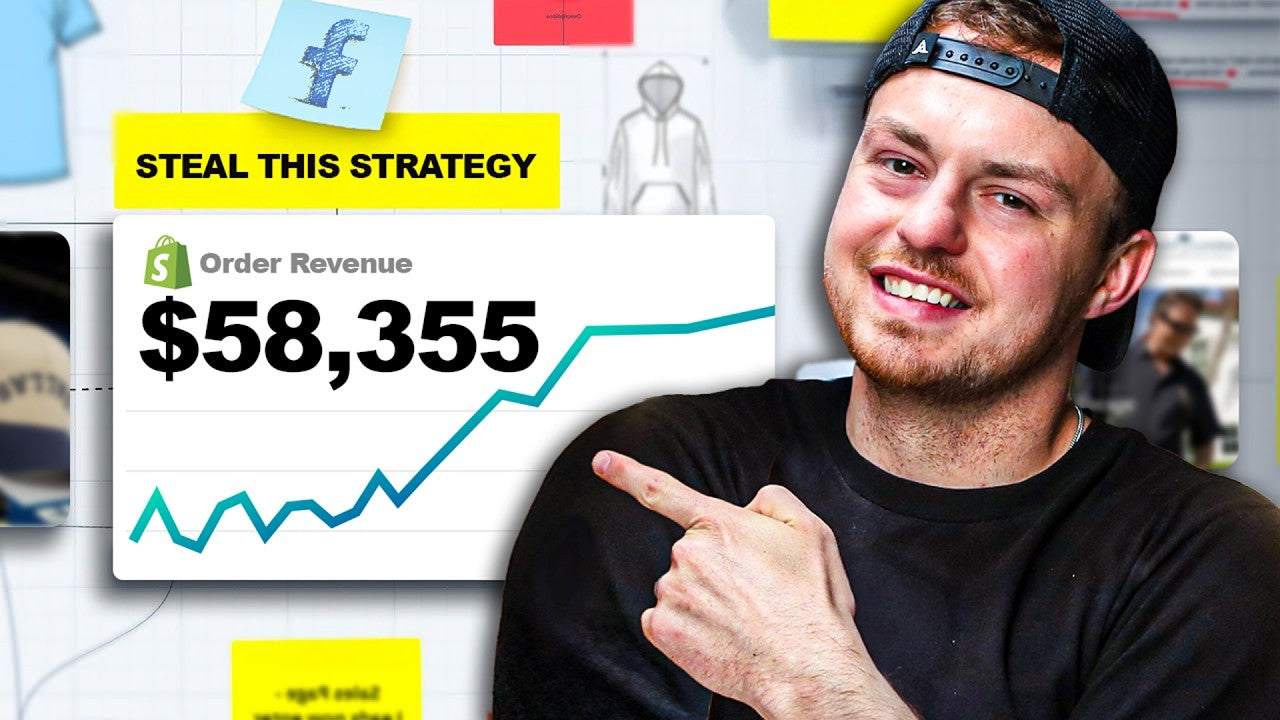
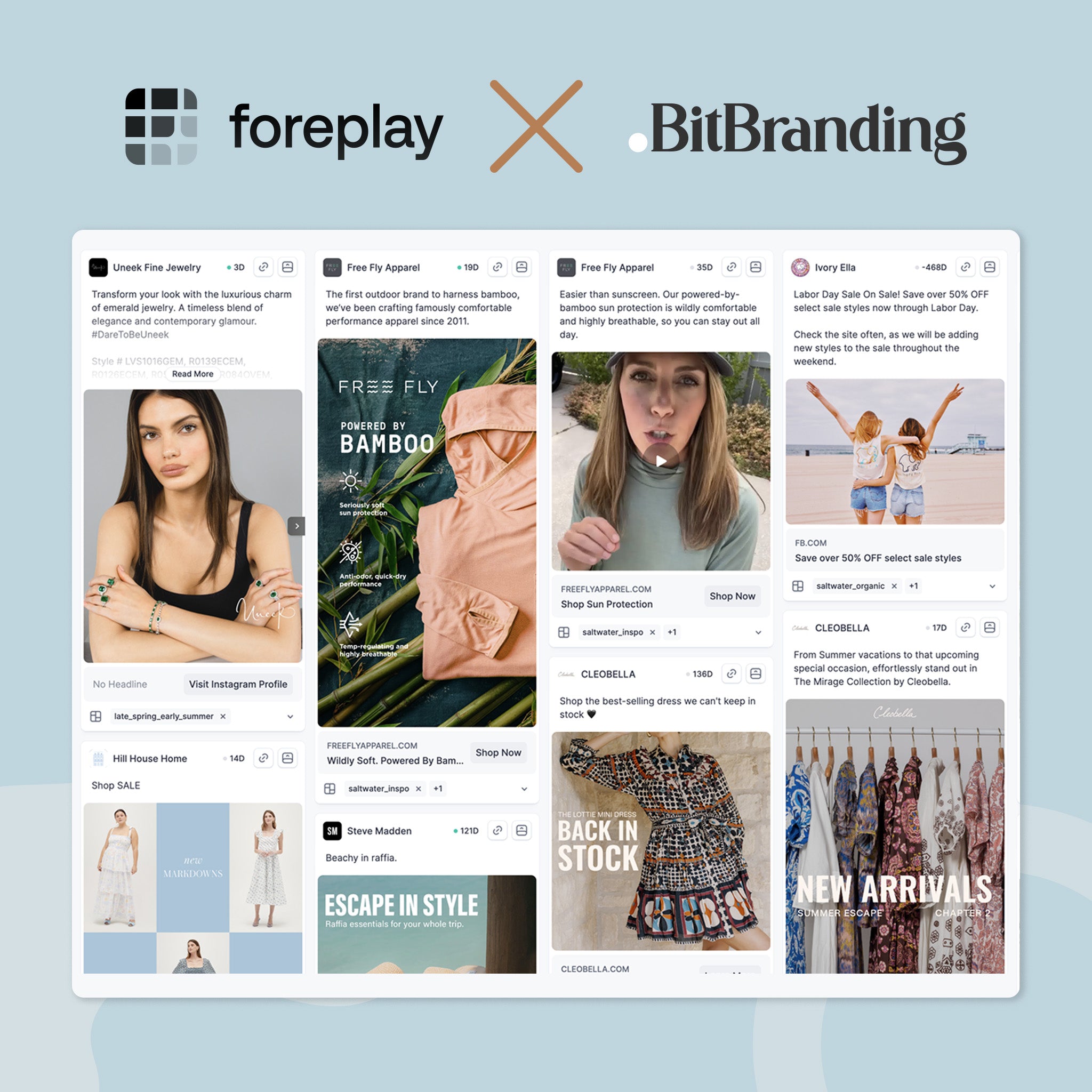
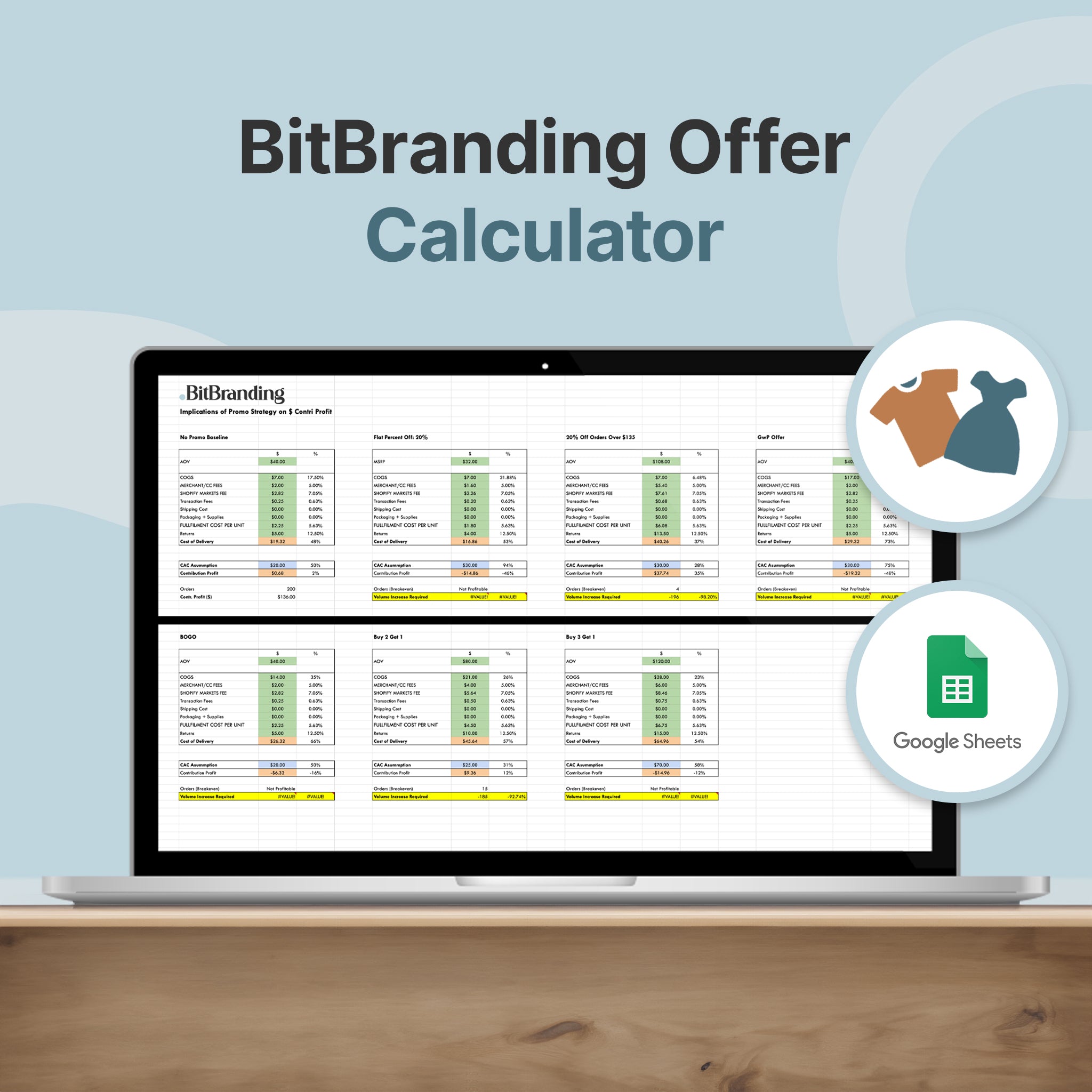
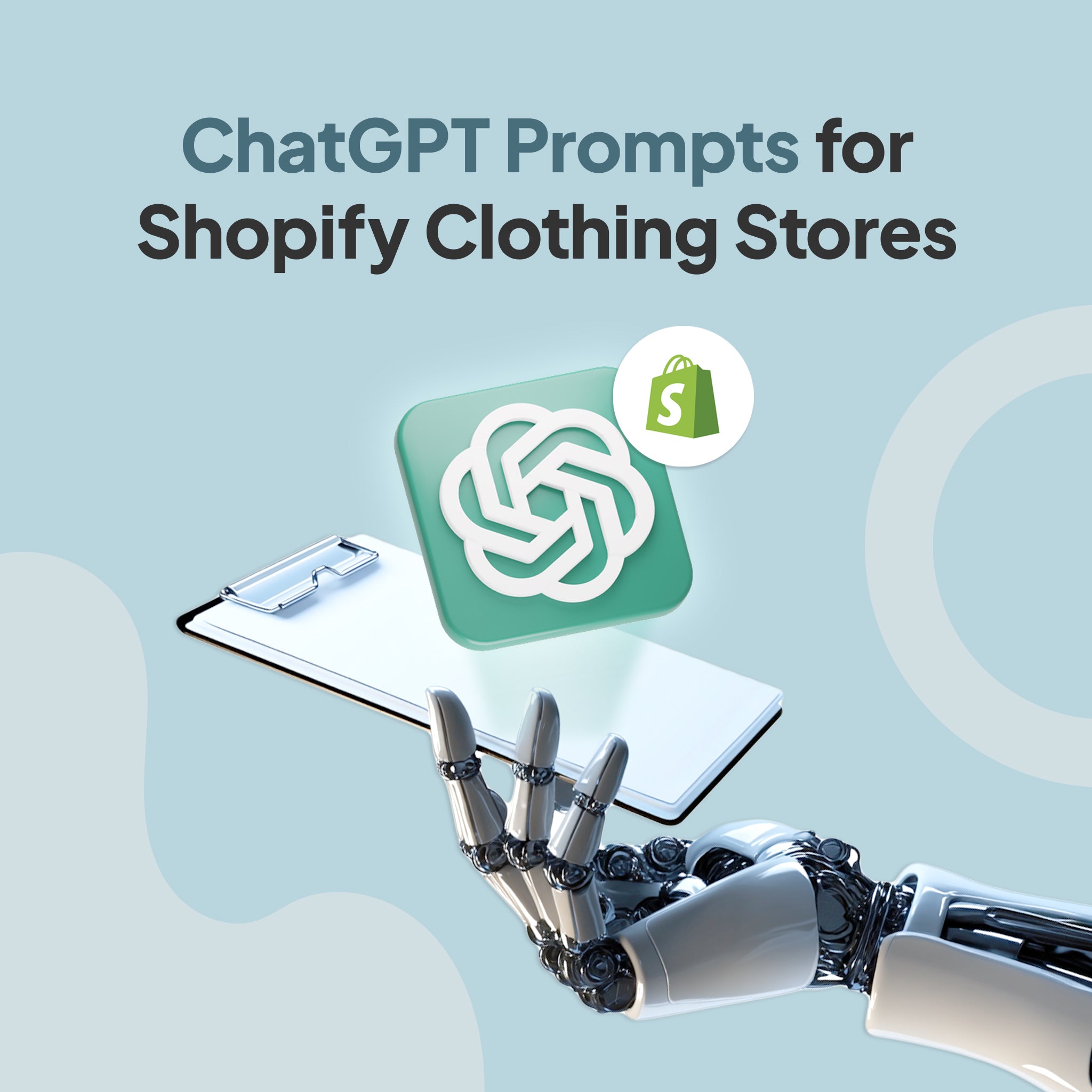

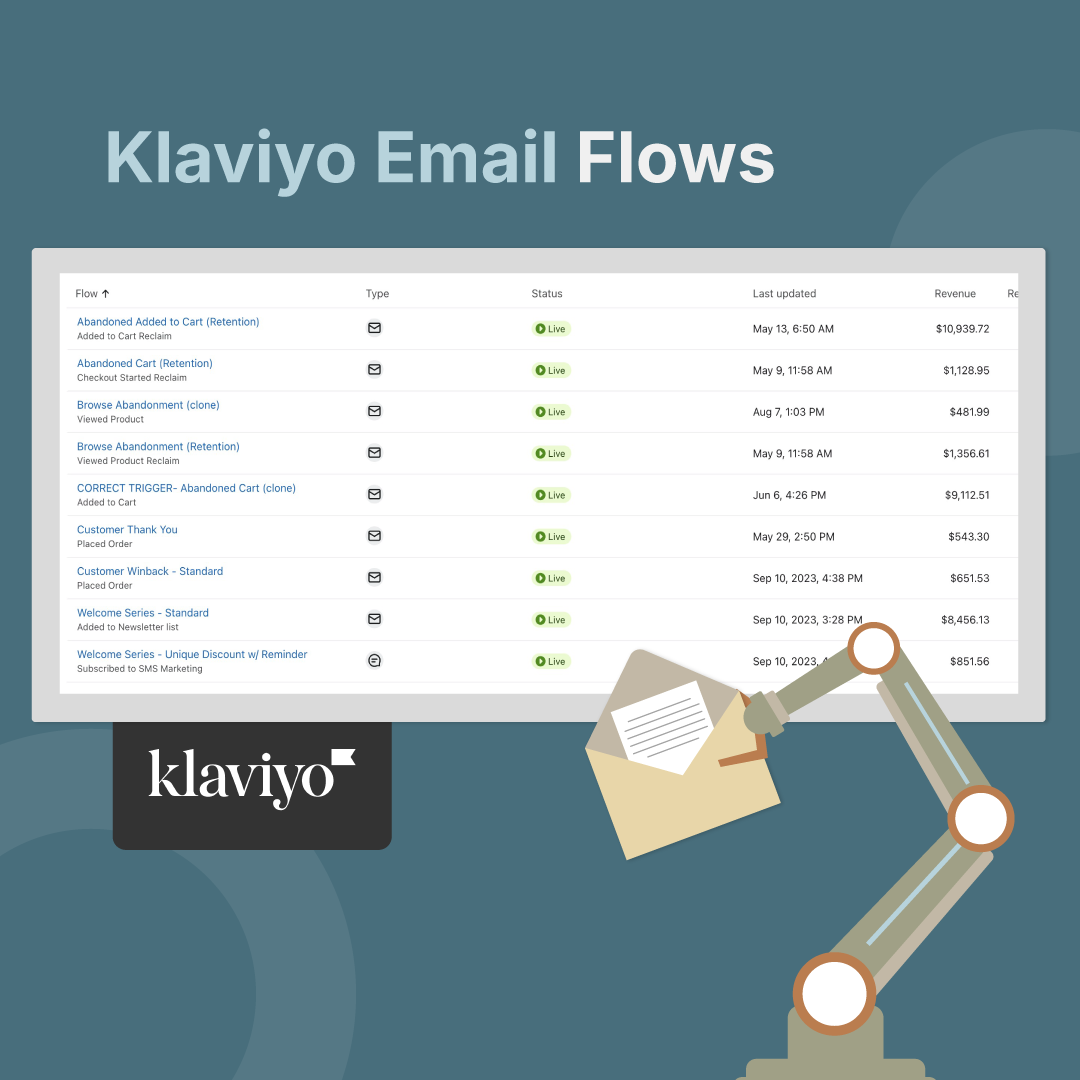
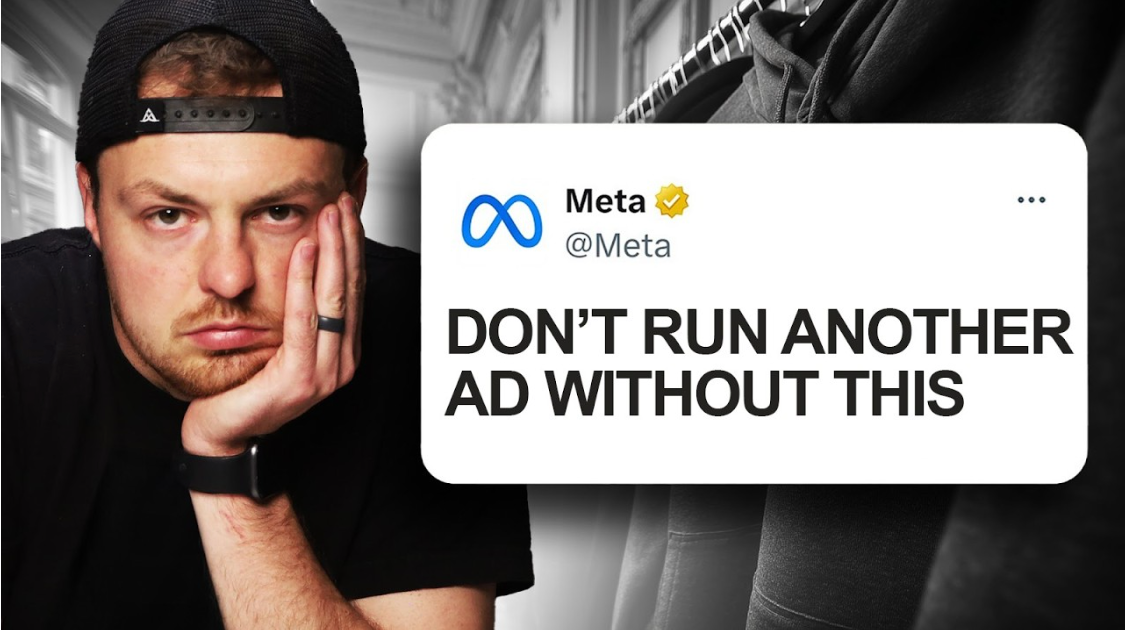
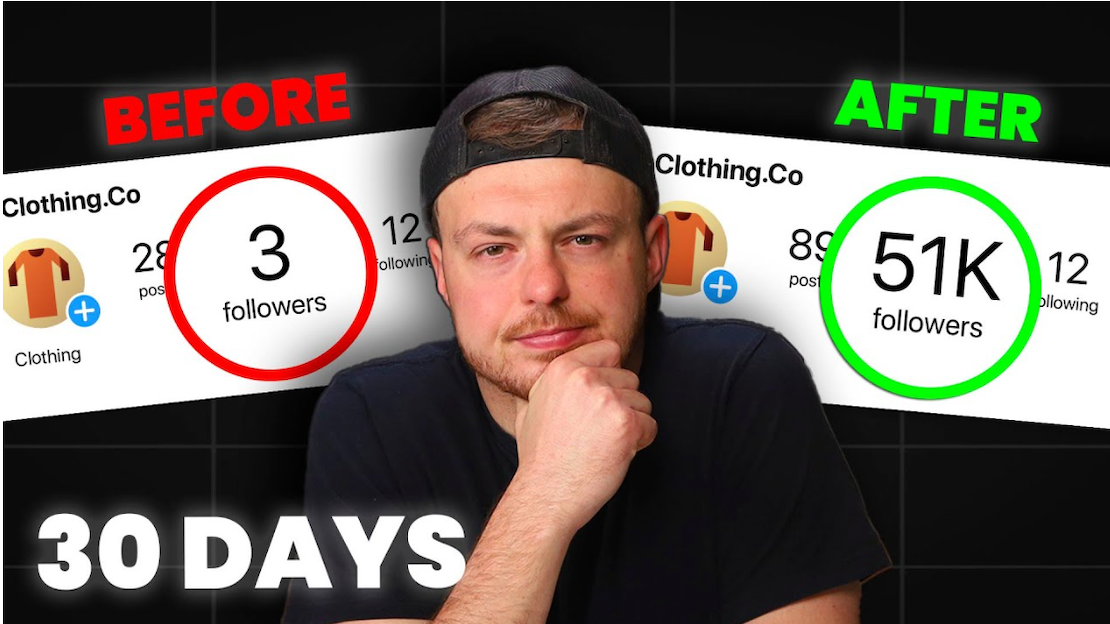
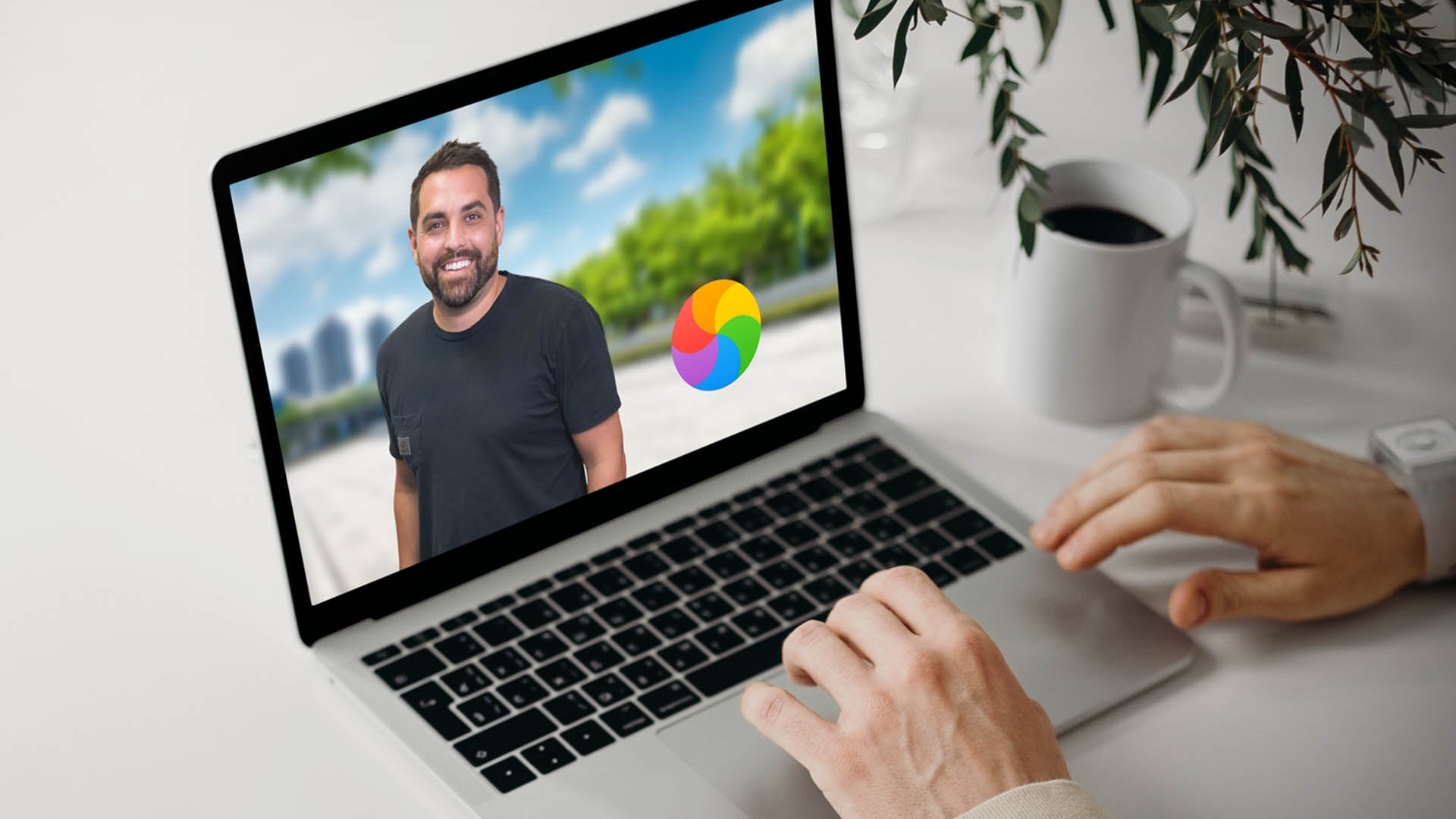
Share:
He Built a $500M Brand with Just $3,000 – Here’s Exactly How
The EXACT Formula Behind Addictive Brand Stories (Copy It)